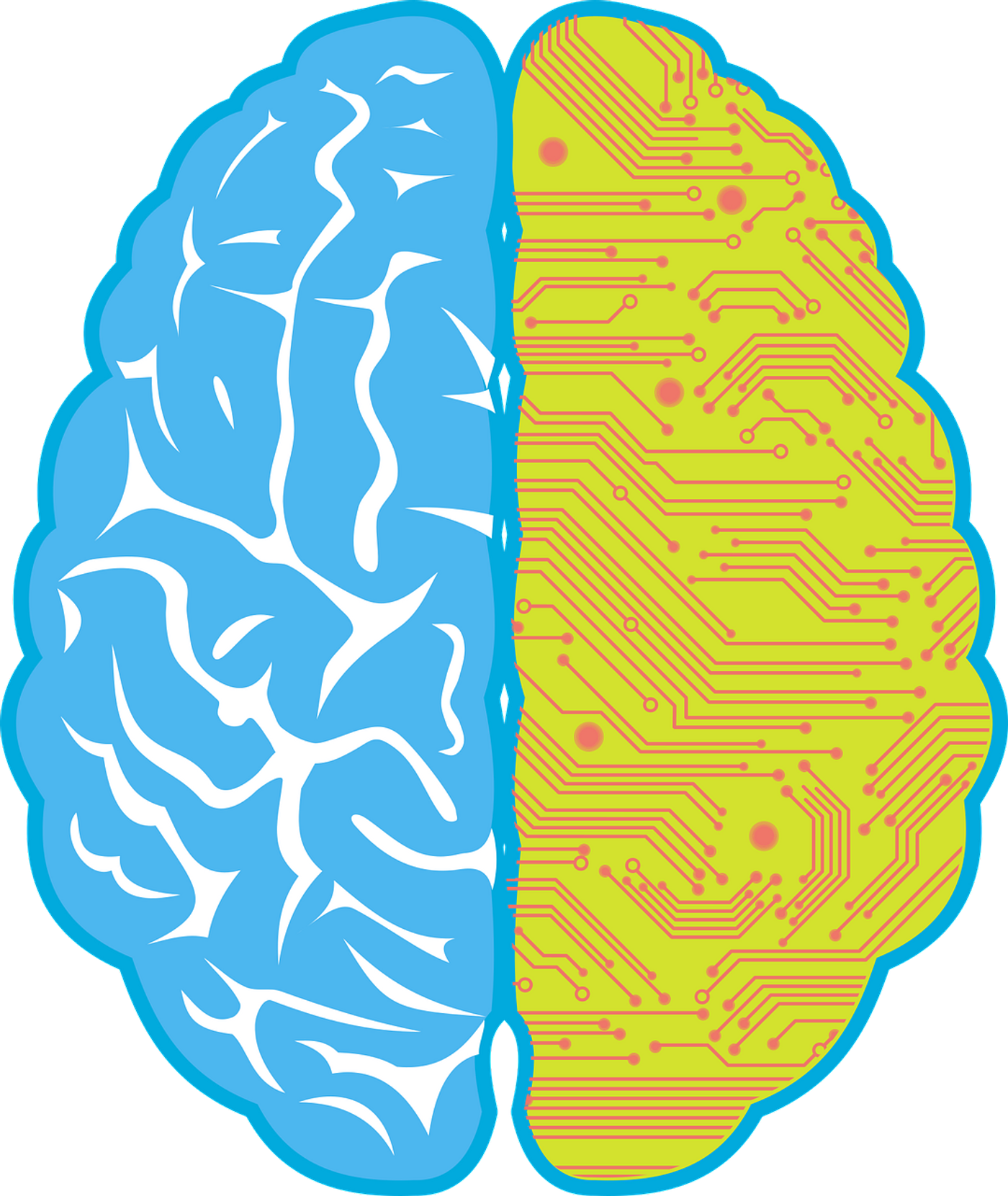Stretchable Strain Sensor Could Improve Human-Machine Interface Devices
In a recent study published in ACS Applied Materials & Interfaces, a team of researchers from North Carolina State University (NC State) have created a stretchable strain sensor that demonstrates unparalleled range and sensitivity, meaning it is capable of detecting even the most minute changes in strain with a larger range of motion that other technologies to this point. To demonstrate this new technology, the research team created new human-machine interfaces and health monitoring devices.
Strain is the measure of a material’s deformation from its initial length. For instance, stretching a rubber band to double its original length equates to 100% strain on it.
"And measuring strain is useful in many applications, such as devices that measure blood pressure and technologies that track physical movement," said Dr. Yong Zhu, who is an Andrew A. Adams Distinguished Professor of Mechanical and Aerospace Engineering at NC State, and a co-author on the study. "But to date there's been a trade-off. Strain sensors that are sensitive -- capable of detecting small deformations -- cannot be stretched very far. On the other hand, sensors that can be stretched to greater lengths are typically not very sensitive. The new sensor we've developed is both sensitive and capable of withstanding significant deformation. An additional feature is that the sensor is highly robust even when over-strained, meaning it is unlikely to break when the applied strain accidently exceeds the sensing range."
Strain is measured in the sensor through changes in the electrical resistance, which increases the more the material stretches. Perpendicular cuts in the material to the stretching direction allow for greater deformity and the cuts force the electrical signal to travel farther when the cuts are pulled open.
"To demonstrate the sensitivity of the new sensors, we used them to create new wearable blood pressure devices," Zhu says. "And to demonstrate how far the sensors can be deformed, we created a wearable device for monitoring motion in a person's back, which has utility for physical therapy."
Sources: ACS Applied Materials & Interfaces
As always, keep doing science & keep looking up!









